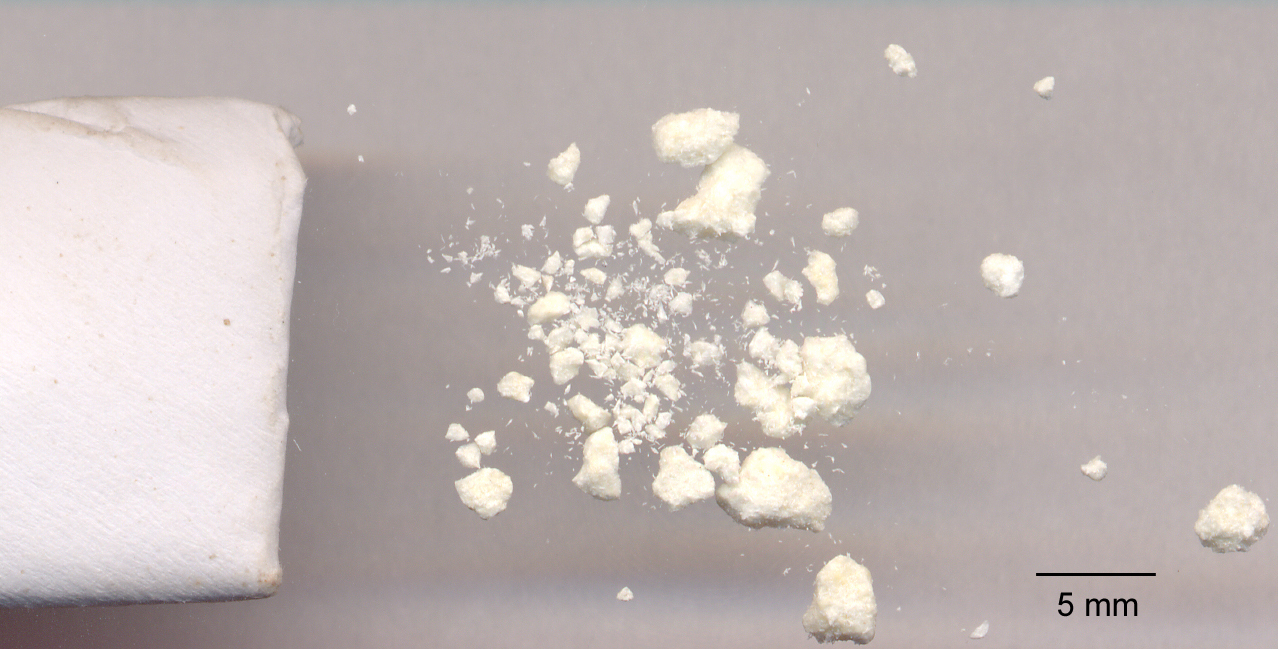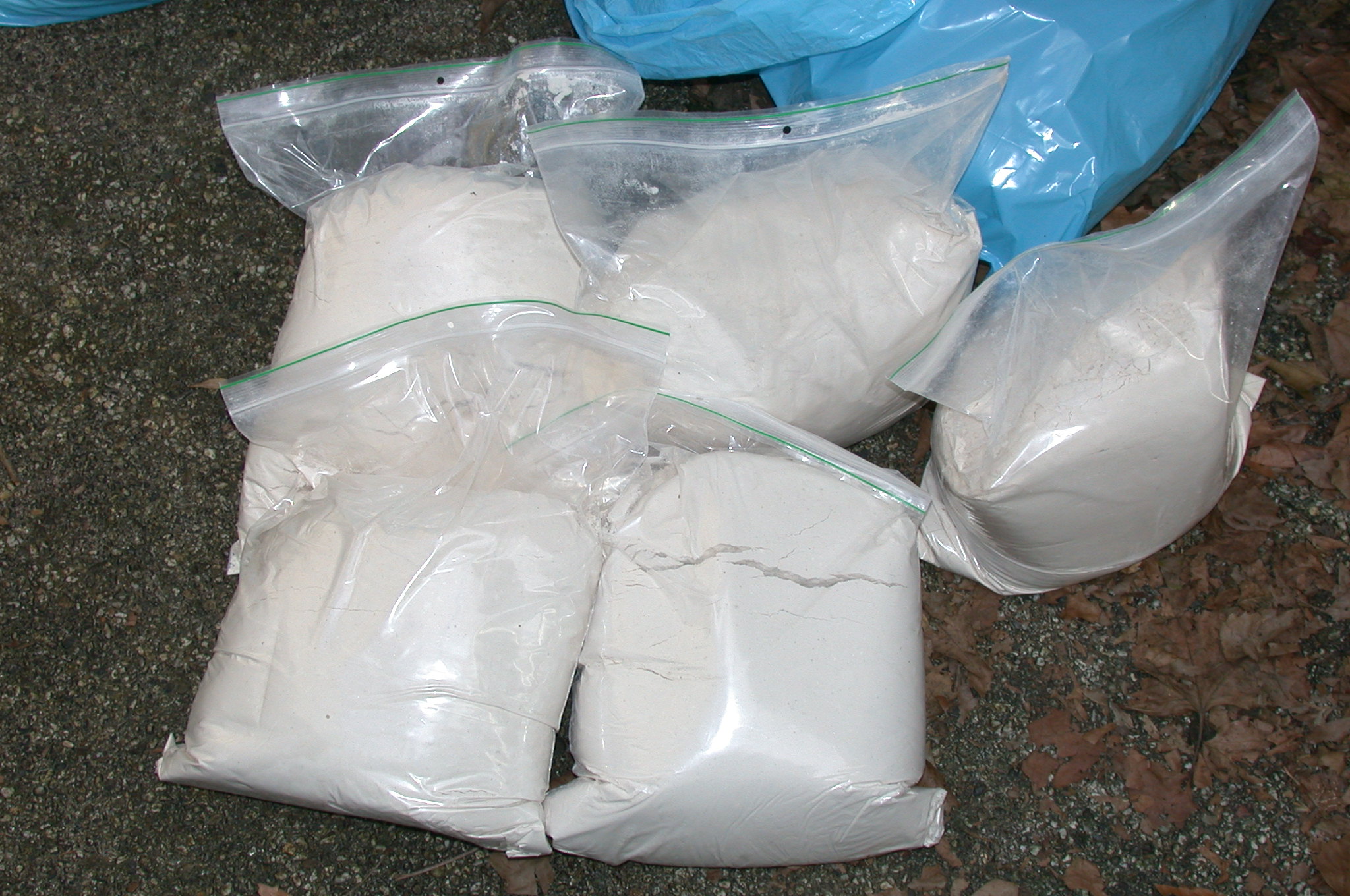DIY: The New Amphetamine Trade

By Mujtaba Ali
Last summer, when UK police raided an industrial building in the picturesque market town of Newton-le-Willows, about 20 miles east of Liverpool, they found something they had never seen before. Police already knew that the five members of a transnational organized crime group they had been monitoring planned to produce amphetamines. But in the first case of its kind in the UK, the group, which included two Chinese chemists, was planning on producing the drug from scratch.
Amphetamines are made from precursors, which are chemicals used for many legitimate purposes but also in the production of illegal drugs. These precursors are closely monitored by drug enforcement agencies, and drug producers either smuggle them into countries or divert them from legitimate supply chains to avoid suspicion. Amid heightened pressure on precursor smugglers, however, the Liverpool-area crime group planned to synthesize the precursors locally, rather than bring them into the UK and risk arrest.
The raid of the industrial site uncovered enough chemicals to produce 135 kg of amphetamines, with a street value of over $400,000. The group also had large quantities of sodium 2-oxo-3 phenylglycidate, a chemical that can be altered to make an amphetamine precursor called BMK. The group’s plans could have produced $8.4 million worth of amphetamine in total, the Serious Organized Crime Agency (SOCA) said.
“These defendants were not run-of-the-mill drug dealers, this was pioneering work,” Elizabeth Jenkins, senior lawyer for the Crown Prosecution Service’s Organised Crime Division, said in a press release.
Their plans were indicative of a broader shift in the drug market. With greater sophistication and access to scientific talent, dealers are increasingly synthesizing drugs from their most base ingredients. In the UK case, the two Chinese chemists had been selected for their ability to create amphetamine from simpler chemical compounds; the group’s ringleader even travelled to China for a demonstration of the pair’s skills. The ringleader, a UK national, subsequently sponsored the two chemists’ work visas.

Producing amphetamine from simpler chemicals lowers the risk to which drug producers are exposed. As precursor imports are subject to more intense scrutiny than the chemicals used to make them (called pre-precursors), the group hoped that “bringing the production [of precursors] in-house” would allow them to escape notice, Jenkins said.
While precursors remain legal, due to their widespread use in multiple legitimate industries, controls and monitoring measures within the EU are far stronger than ever before. Authorities have have been working hard to stem the flow of precursor chemicals to criminal organizations – mostly by expanding international controls and monitoring. EU member states cooperate to reduce the diversions of chemicals to illicit drug manufacturing, and they also track the legal trade in precursors and share information when any of these drugs are seized during suspicious transactions.
So far, the strategy has paid off: the European Monitoring Center for Drugs and Drug Addiction (EMCDDA) noted in 2011 that international efforts to seize precursor chemicals were extremely successful. Over 7400 liters of BMK were seized by EU member-states in 2010 alone.
But in contrast to the effective measures employed against precursor smuggling, controls on chemicals used to make precursors are far more lax; some aren't even controlled at all. So, given the profitability of the trade in amphetamines, it has become cost-effective for drug gangs to become their own chemical companies.
The rise in worldwide pre-precursor production has inspired stricter controls on the chemicals. Large seizures of pre-precursors have taken place in Belgium, Poland, and the Netherlands over the last three years, with some seizures netting over one ton of the chemicals.
Despite these successes, the effectiveness of pre-precursor controls is limited. As the chemicals become ever more fundamental, and concurrently serve many legitimate uses in commercial and industrial products, regulation will be increasingly difficult. Having to monitor an expanding array of drugs and substances makes it more likely that law enforcement will let some slip through the gaps.
The use of pre-precursors in amphetamine production is a relatively new trend, and traditional methods of of trafficking still dominate. But as pressure from law enforcement increases and the cost of smuggling or diverting precursors rises, more groups may be pushed to produce precursors themselves, creating a boom in the illicit pre-precursor market.
